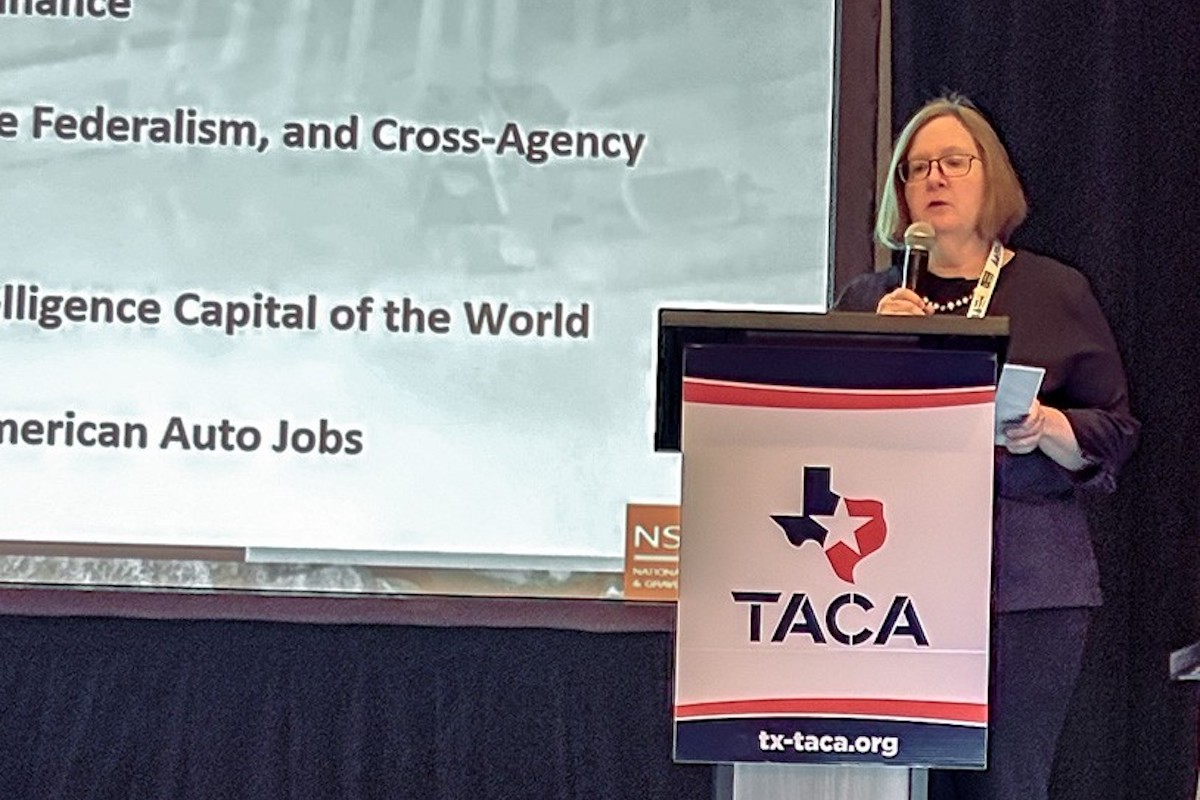Texas’ economy is driven by energy production and extraction, manufacturing, agriculture, forestry, and tourism — all of which require a safe, efficient, and well-maintained transportation network. The state’s strong economic growth and quality of life continue to attract new residents and businesses to the state. From 2000 to 2020, the state’s population increased by 41 percent and is expected to increase another 60 percent by 2050.
Texas’ growth, if not accommodated with an improved and expanded transportation network of modern highways, could lead to decreased connectivity within rural areas and between rural and urban communities, impeding further economic growth. Providing safe and efficient access and mobility while supporting quality of life and economic productivity in Texas’ small communities and rural areas will require implementing transportation policies that enhance safety and improve connectivity within rural areas and between rural and urban areas.
According to Texas Transportation Commissioner Alvin New, “TxDOT is dedicating more than $12.2 billion to statewide connectivity projects to upgrade interstates and other major rural highways over the next 10 years. ... TxDOT is planning to invest an historic level of approximately $14 billion in our rural areas over the next 10 years through our 2023 Unified Transportation Program (UTP). This represents a 600 percent increase in planned rural funding compared to planned funding from just seven years ago. It demonstrates TxDOT’s commitment to building and maintaining a safe and efficient transportation system, not only in our most populous areas, but also in those rural areas that are so vital to our state’s economic success.”
To improve connectivity in the state, Texas has committed to a program to upgrade major corridors statewide to provide safe, reliable, efficient travel between economic activity centers while supporting the economic prosperity of all communities along the corridors and statewide. Since 2015, the Texas Department of Transportation (TxDOT) has completed 251 major improvements on the state’s rural Texas Trunk System, at a cost of $7.5 billion, and currently has 127 projects underway or planned, valued at $7.2 billion. About half of the projects include expanded highway capacity. Despite this progress, TxDOT estimates that its current backlog to fund all needed improvements to the Texas Trunk System is $27.8 billion.

| Your local NPK Construction Equipment Inc dealer |
|---|
| WPI |
TxDOT has identified four key rural corridors for expansion to four-lane divided highway capacity as being critical to meeting the state’s need for safe and reliable rural connectivity:
Of the 1,182 miles on the four key rural corridors, TxDOT has completed capacity expansions on 662 miles, has expansion underway on 32 miles, and has funding for expansion to an additional 114 miles. TxDOT estimates that the unfunded backlog to expand the remaining 374 miles — approximately one third of the four key state rural corridors segments in need of widening — is $4.2 billion.
The Texas Transportation Commission recently approved a Unified Transportation Program for 2023 to 2032 that includes $14 billion for road, highway, and bridge improvements in the state’s rural districts — including approximately $7 billion for rural connectivity.





































































